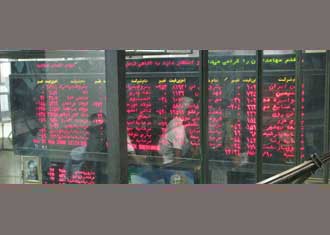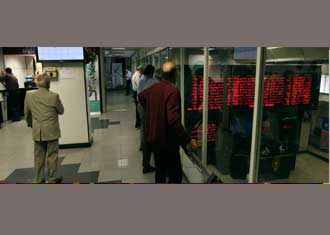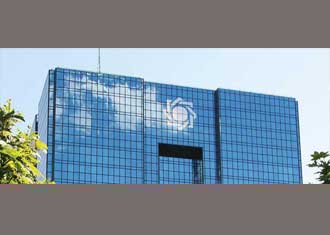Currency Repatriation in the Crosshairs
When President Hassan Rouhani’s administration decided to unify Iran’s dual foreign exchange rate regime to prevent further depreciation of its currency on April 9, part of its market control process translated into a measure that has prompted mixed response from the private sector.
One of the 16 measures approved by the Cabinet following the forex unification decision that set the US dollar rate at 42,000 rials decreed that “all exporters are obligated to repatriate currency proceeds from their exports to the country’s economic cycle based on the framework that will be devised by the Central Bank of Iran”.
On Monday, First Vice President Es’haq Jahangiri officially notified the process of repatriation that obligates exporters to return 95% of their currency yields–by accepting imported goods, reimbursing currency debts, selling foreign currencies to banks and exchanges, or making deposits in banks–within six months of receiving their customs export permit. A “pricing committee” with the Islamic Republic of Iran Customs Administration will handle and update export prices.
Exporters are allowed to keep the remaining 5% to spend it on marketing, advertisement and other costs. They have also been mandated to report their activities in an online system specifically devised for this purpose and will face disciplinary action if they fail to repatriate their earning.
Iran is hardly the first country to give mandatory currency repatriation a try and this is not even the first time the measure has been implemented in the country, but it has already led to arguments and more developments are sure to follow.
The administration’s intentions are clear: As Iran’s rial continued its steep decline for months on the back of speculative activities and showed no signs of stopping, the government unified the rates and took other measures to prevent capital flight, including the depositing of export revenues, in its market control package.
Divergent Views
Gholamreza Mesbahi-Moqaddam, a senior cleric at the helm of CBI’s Fiqh Council, recently referred to export proceeds’ repatriation as a “national interest” that would increase local in-demand currency.
“It would be certainly more to the liking of exporters not to be limited and invest their forex earning outside the country or spend it to import the required raw materials,” he conceded, but added that this freedom is a “personal interest” that does not take precedence under the current circumstances.
According to Mesbahi-Moqaddam, if the measure is managed effectively, it will provide the government with a better shot at managing the country’s forex resources and demands while also benefiting exporters through incentives.
Indeed, another Cabinet directive noted that exporters will be able to enjoy tax exemptions when they repatriate their export proceeds and Jahangiri’s directive promised “other export incentives” without further elaboration.
However, not everyone in the private sector shares that view as Mohsen Jalalpour, a prominent veteran exporter and a former head of the Iran Chamber of Commerce, Industries, Mines and Agriculture, strongly opposed it as an outdated move that feels like it is only “tightening the siege of the private sector by the day”.
At the onset of the fiscal year on March 21, which has been named after “Support for Iranian Products”, he referred to it as a measure favored by socialist economies that defend policies of replacing imports and said experience shows that it will fail to realize the policymaker’s goals of preventing capital flight and replenishing currency coffers.
Jalalpour noted that the policy will also fail to act as an early cushion for US President Donald Trump’s potential abandoning of Iran’s nuclear deal on May 12 as it will prove to be more of an “internal sanction”.
But Seyyed Hossein Salimi, a senior member of Tehran Chamber of Commerce, Industries, Mines and Agriculture, supports the government’s rate unification decision and its currency repatriation scheme.
“Most exporters need foreign currencies and it wouldn’t be right for them to receive their required imported raw materials with dollars at the rate of 42,000 rials and then expect to keep all their export currency proceeds for themselves,” he told Financial Tribune.
Salimi said the government’s forex unification decision was timely because it could not allow the rates to continue climbing, as they were on a daily basis.
“It is still too soon to fully react to and judge the administration’s measure, including export yield repatriations, as many developments are yet to unfold in the coming weeks and months. The government must now open new windows of opportunity one by one and gradually begin the process of resolving existing issues,” he said.
Salimi concluded by saying that CBI’s Forex Deals Integrated System, also known by its acronym Nima, is aimed at increasing transparency and managing the needs and role of exporters, importers, banks and the people that started gathering data months ago.
“Officially launched on Monday, Nima will prove to be a turning point,” he said.
Source:
2018, Currency Repatriation in the Crosshairs, Tuesday, April 24, p.1,<https://financialtribune.com>







